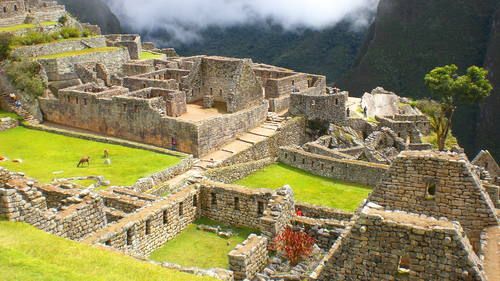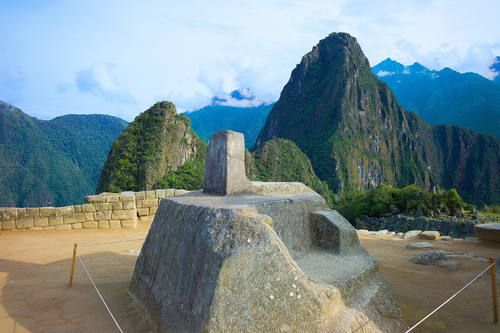
Market Forecast By Application Type (Professional Sports, Recreational, Agriculture And Utility, Military And Defense And Others), By Product Type (All-Terrain Vehicle And Utility-Terrain Vehicle), By Drivetrain Type (Two-Wheel Drive, Four-Wheel Drive And All-Wheel Drive), By Engine Size (Less Than 400 Cc, 400-800 Cc And More Than 800 Cc), By Battery Capacity (Up To 48V, 48V To 72V And More Than 72V), By Propulsion Type (BEV, PHEV And HEV), By Number Of Wheels (Four-Wheeled And More Than Four-Wheeled), By Seating Capacity (One-Seater, Two-Seater And More Than Two-Seater), By Key Countries (Mexico, Brazil, Argentina, Chile And Rest Of Latin America) And Competitive Landscape
According to 6Wresearch, the Latin America ATV and UTV Market size is expected to register substantial growth over the forecast period 2020-26. Increasing recreational expenditure and off-roading events in the United States would boost demand for these vehicles. The growing preference of youth towards adventure sports and the availability of a wide range of products across varied prices have been driving the market. There are several ATV riding parks in the country which are open to public recreational use of all-terrain vehicles which promote the ATV & UTV.
Key Highlights of the Report
- Latin America UTV and ATV Market Outlook
- Latin America UTV and ATV Market Trends
- Latin America UTV and ATV Market Overview
- Latin America UTV and ATV Market Forecast
- Market Drivers and Restraints
- Industry Life Cycle
- Porter’s Five Force Analysis
- Market Opportunity Assessment
- Latin America UTV and ATV Market Share, By Players
- Competitive Benchmarking
- Historical Data for the period 2016-2019 and Market Forecast of the market until 2026, By Drivetrain Type
- Historical Data for the period 2016-2019 and Market Forecast of the market until 2026, By Seating Capacity
- Historical Data for the period 2016-2019 and Market Forecast until 2026 for Brazil UTV and ATV Market
- Historical Data for the period 2016-2019 and Market Forecast until 2026 for Argentina UTV and ATV Market
- Historical Data for the period 2016-2019 and Market Forecast of the market until 2026, By Battery Capacity
- Historical Data for the period 2016-2019 and Market Forecast of the market until 2026, By Propulsion Type
- Historical Data for the period 2016-2019 and Market Forecast of the market until 2026, By Number of Wheels
- Historical Data for the period 2016-2019 and Market Forecast of Latin America UTV and ATV Market Revenues until 2026
- Historical Data for the period 2016-2019 and Market Forecast of the market until 2026, By Application Type
- Historical Data for the period 2016-2019 and Market Forecast until 2026 for rest of Latin America UTV and ATV Market
About Us-
6Wresearch is the premier, one stop market intelligence and advisory center, known for its best in class business research and consulting activity. We provide industry research reports and consulting service across different industries and geographies which provide industry players an in-depth coverage and help them in decision making before investing or enter into a particular geography.
Contact Us: Phone: +911143024305 | Email Id: sales@6wresearch.com

 Log in with Facebook
Log in with Facebook 




 From the
From the 










